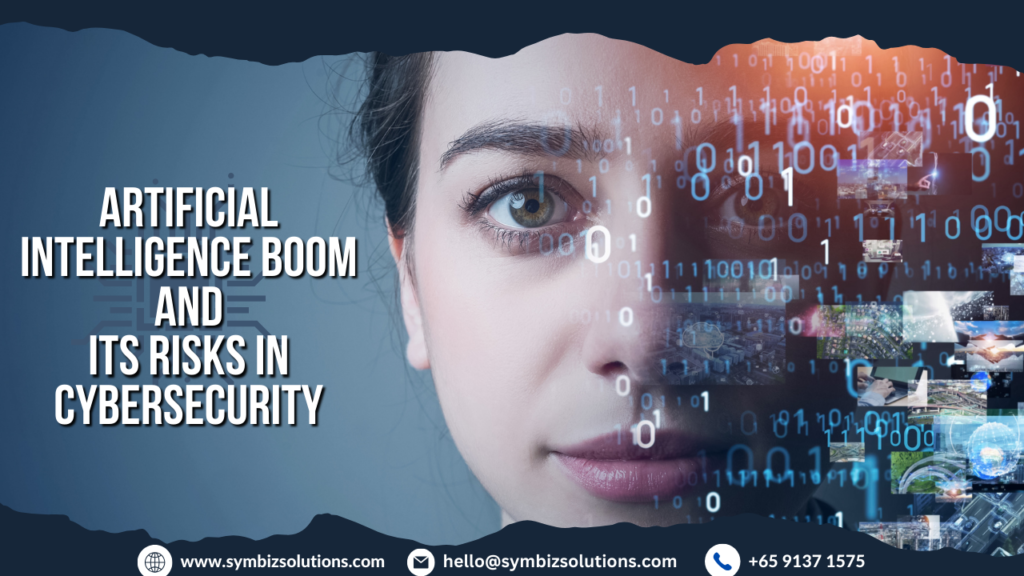The world is rapidly evolving in terms of technology to provide solutions to complex tasks, and artificial intelligence takes center stage as many companies across the world invest money and people to make products that are compatible with AI. In cybersecurity, any rapid technological advancements in any area pose a significant threat, and in today’s world, AI poses a major threat and risk to itself as many developers who design, deploy, and develop AI do not understand the negative impact or consequences of AI. In this article, let us explore the artificial intelligence risk management framework designed to help organizations or individuals give adequate focus to designing, developing, and deploying AI systems over time.
1. AI Risk Management:
In this section, let us explore different challenges in measuring AI risk management to make them trustworthy.
Risks related to third-party hardware, software, and data:
As organizations rely on third-party AI solutions to address complex tasks, they also pose challenges to how data is handled by AI. In most cases, third-party risk metrics may not be in alignment with the organization’s risk metrics. Organizations that integrate third-party solutions with AI must have the necessary internal governance structures or technical safeguards to avoid complications in terms of risk metrics. As AI involves data, most of the time the third-party service provider may misuse or be susceptible to cyberattacks that pose significant threats or risks to data security.
Reliable Metrics:
In an ever-evolving AI threat landscape, reliable metrics in terms of measuring the negative impacts are not available, which is itself a risk management challenge. Sometimes the risk measurement approaches are simplified and fail to account for differences in affected groups and contexts.
AI risks at different stages of the life cycle:
The AI lifecycle risks, if detected earlier, may provide specific risks when compared to risks at later stages. For example, the AI developer during the development stage may have different perspectives on risks as he develops a pre-trained AI model. But when the pre-trained model is deployed by an AI actor for a use case, it may face or come up with different risks completely compared to those entailed by the developer. This tells us that the actors involved in design, development, and deployment must always work in cohesion to avoid risks at different life cycles.
Risks in Real-World Settings:
While training and deploying AI models in laboratories yield risks that need to be addressed, the same AI model when deployed for a real-world use case might yield or pose different risks altogether, which makes organizations that develop AI models cautiously deploy the AI model and must anticipate new risks periodically.
2. AI Risks and Trustworthiness:
Any AI model that can reduce the negative impacts proves to be trustworthy. According to the NIST Artificial Intelligence and Risk Management Framework, the characteristics of trustworthy AI often include safety, security and resilience, accountability and transparency, explainability and interpretation, privacy enhancement, and fairness with harmful bias managed. For example, from a cybersecurity blue team perspective, we use EDR or XDR platforms to study the data and provide anomaly-based detections. While the detection turns out to be a true positive, in most cases, human intervention is required to assess whether it is a true or false positive.
3. AI Risk Management Core:
As discussed above, AI Risk Management Core is developed to manage AI risks and develop trustworthiness in AI systems. The core consists of four core functions, as highlighted by the NIST AI framework. They are Govern, Map, Measure, and Manage. Govern is a culture of risk management. Map refers to a context that is recognized, and risks related to a use case or context are identified. Measure often refers to whether the identified risks are assessed, analyzed, or tracked. Manage refers to risks that are being tracked and acted upon based on their impact.
Conclusion:
While there are many advantages to using AI-based solutions in today’s world, organizations that are aiding in the development of AI solutions must also take responsibility for the negative impacts that their solutions could cause, not only to humans but also to the environment. As AI threats or risks are not fully evolved, companies must utilize the potential of AI solutions that do not create havoc on their businesses. As previously mentioned, any new technological advancements always pave the way for newer risks, creating an opportunity for cyber security analysts across the world to reskill or upskill themselves. In the case of AI, cyber security analysts must develop new tools and technologies to mitigate the threats around the AI world to create a safer environment. Organizations can avail of or make use of third-party GRC professionals who can create robust policies and risk management strategies depending upon the AI use cases or models.



